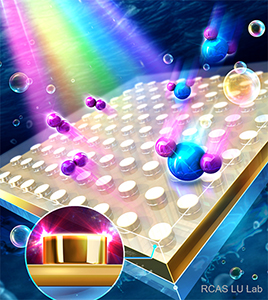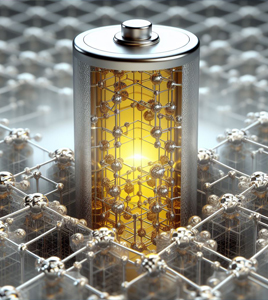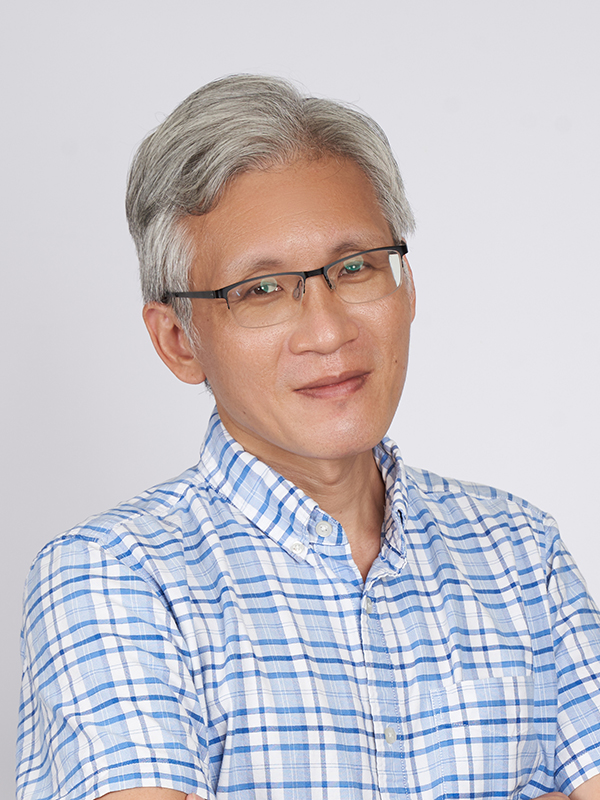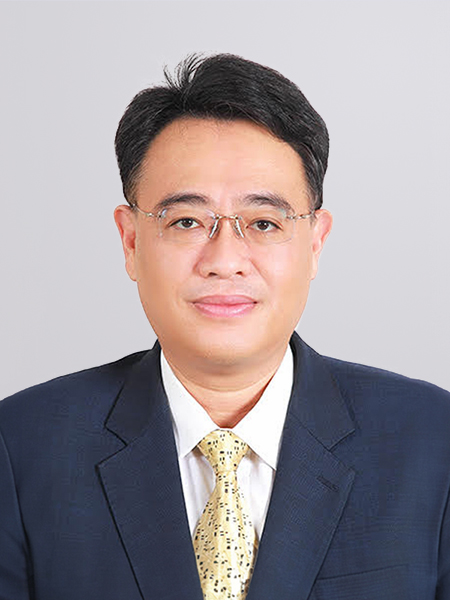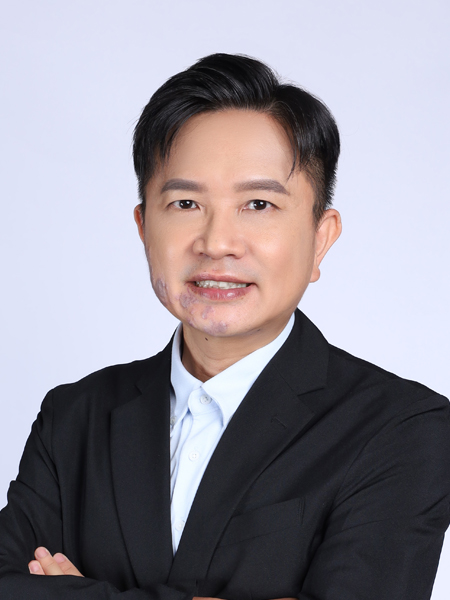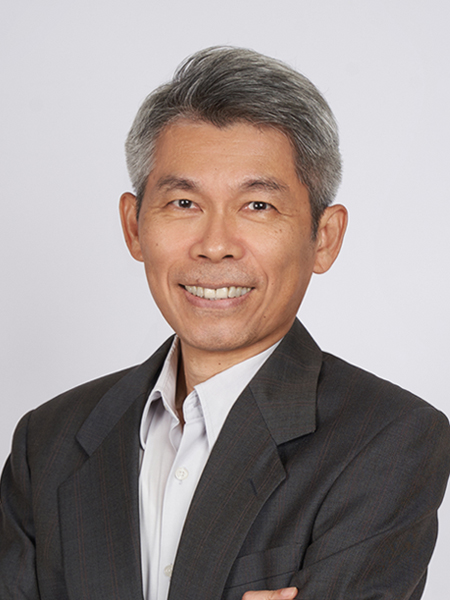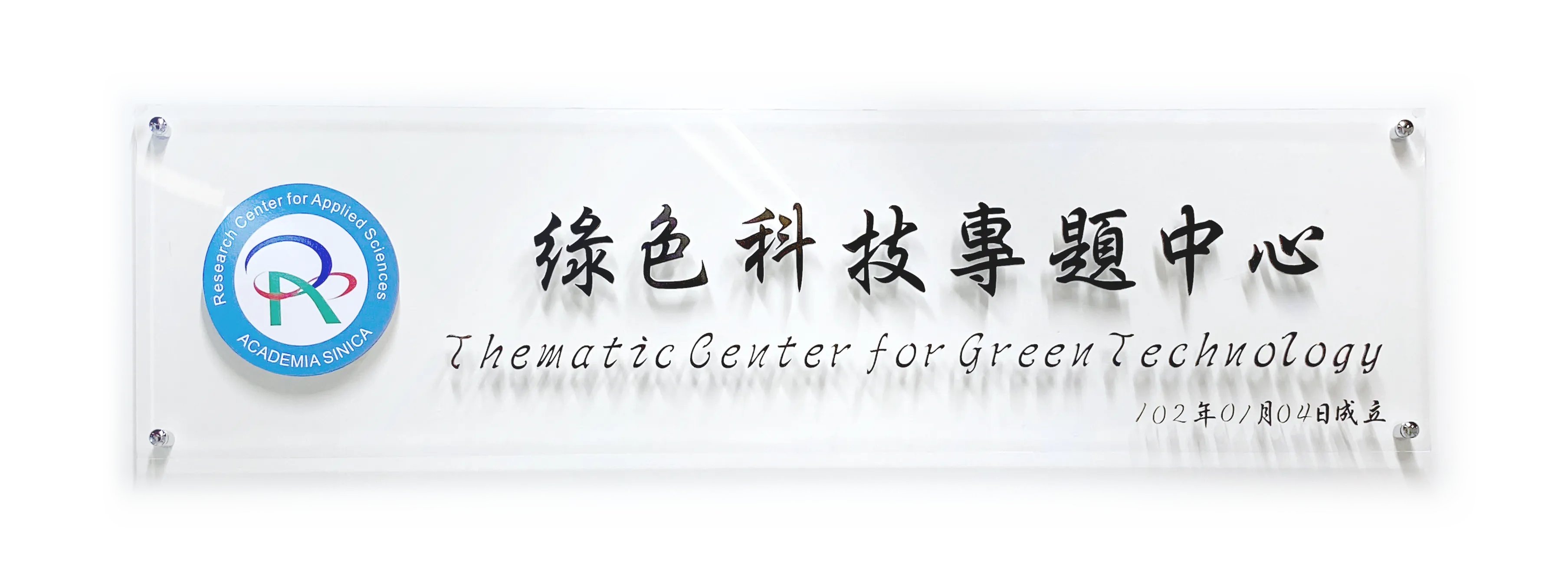
The objective of this thematic center is to explore innovative manufacturing and emerging materials in order to expedite the development and implementation of sustainability technologies for realization carbon neutral society.
Key Research Interests
Energy-efficient and energy generation devices
- Perovskite solar cells show photovoltaic hysteresis and stability issues, which need improvement to meet commercial standards. We will study strategies such as using additives to reduce defects, controlling grain growth, and minimizing defects at grain boundaries and interfaces. These approaches aim to enhance the stability and efficiency of perovskite solar cells.
- We have developed a robust Quantun-dot@Vitrimer thin film composite for backlighting LED that can be physically and chemically recycled. The recycled compound can also be reused, making it a sustainable material. We have also synthesized near-infrared and short-wave infrared fluorescent materials and made them into energy-saving broadband infrared LEDs.
- The research aims to study the use of sunlight to drive water splitting for green hydrogen generation. The key research subjects include developing semiconductor structure for efficient electron-hole generation, developing non-noble metal composite catalysts, and designing electrode structure for efficient gas-liquid separation. Through the integration of these results, the goal is to achieve highly efficient solar to hydrogen conversion.
Next-Generation Batteries
- We have developed a new liquid chemical synthesis method for solid-state electrolytes with high ionic conductivity, simultaneously achieving mass production and structural control. We also utilize moisture- and atmospheric-dependent in-situ synchrotron X-ray powder diffraction techniques to track their structural changes. We will eventually apply them to solid-state batteries.
Advanced Energy Material Simulation
- We actively developed machine learning frameworks investigating properties of complex structural and energy materials, including complex perovskites materials, high entropy alloys, and solid state electrolytes. We are also actively involved in exploring applications of AIGC and quantum machine learning in predicting material properties.
Research Content
contract
Study two-dimensional materials for ultra-thin, high efficient optoelectronics
contract
The development of battery-used materials and luminescent materials
Achievements
award_star
Signatures of Moire trions inWSe2/MoSe2 heterobilayers - Nature 594, 46–50 (2021)
award_star
New opportunity from microscale ordering under high entropy: ultra-elastic high entropy Elinvar alloy - Nature 602, 251–257 (2022)
